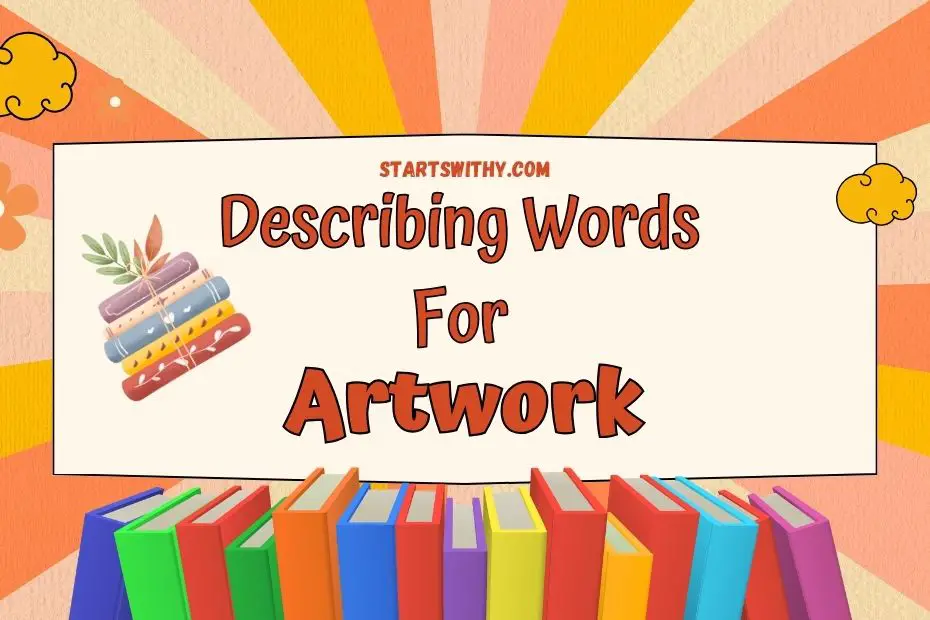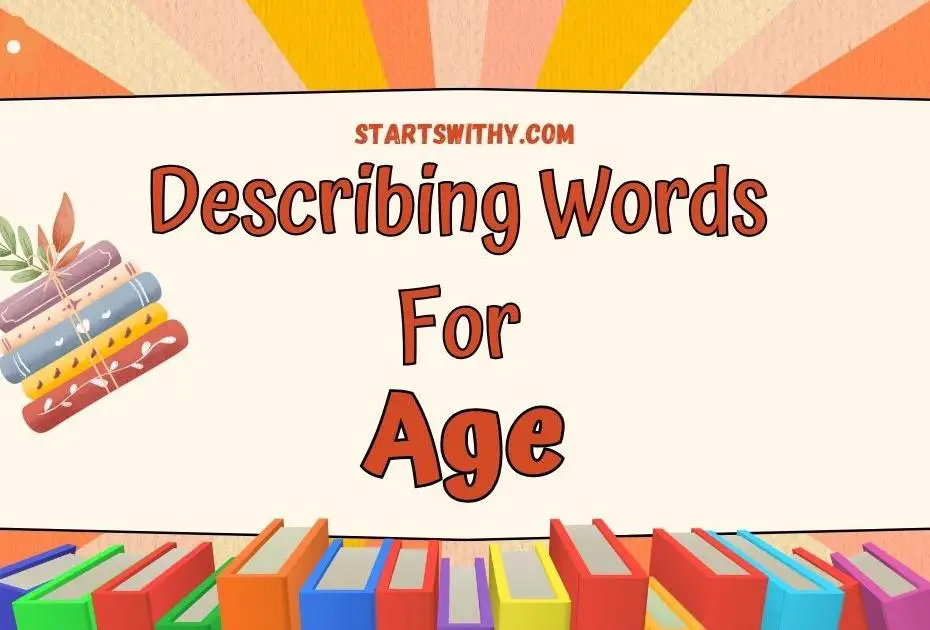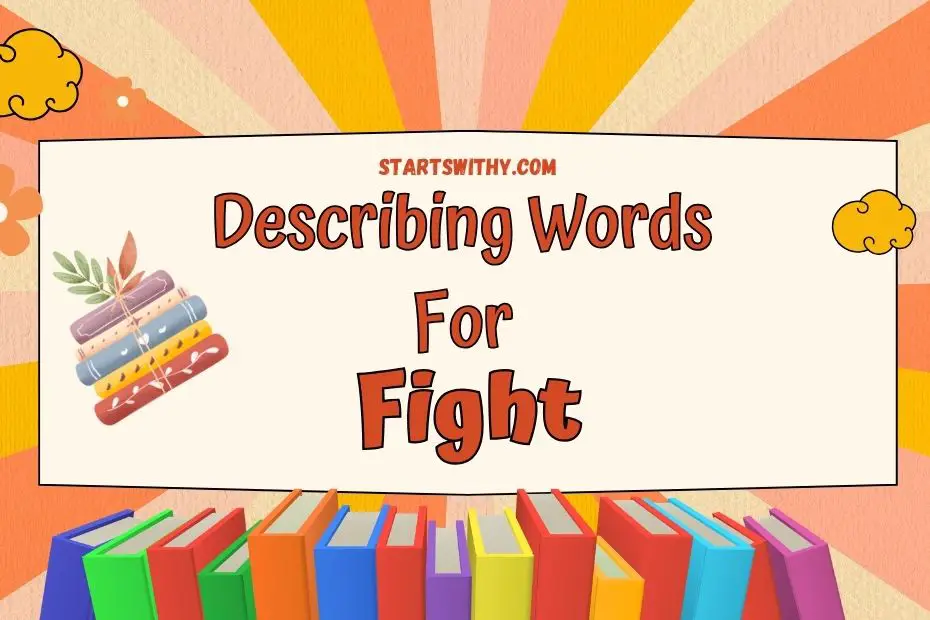When it comes to appreciating artwork, words can have a powerful impact. As an art lover and writer, I have always been fascinated by the ability of adjectives to capture the essence of a piece and bring it to life. In this article, I’ll be sharing a comprehensive list of adjectives that can be used to describe artwork, along with examples to help you understand how to use them effectively.
Art has the incredible ability to evoke emotions and transport us to different worlds. Whether it’s a vibrant painting, a thought-provoking sculpture, or a mesmerizing photograph, the right adjectives can help us convey our impressions and experiences. From describing the colors and textures to capturing the mood and atmosphere, these adjectives will enrich your vocabulary and enable you to express your admiration for artwork in a more nuanced and vivid way.
So, whether you’re an artist looking to describe your own work, an art critic seeking to articulate your thoughts, or simply an art enthusiast wanting to appreciate and discuss artwork more eloquently, this article will be your go-to guide for finding the perfect adjectives to describe and appreciate the beauty of art. Let’s dive in and explore the world of adjectives for artwork together.
How to Describe artwork? – Different Scenarios
As an artist or art enthusiast, expressing your admiration for artwork requires the right words. Here are some scenarios where you might find yourself describing artwork and the adjectives that can help you vividly capture its essence.
1. Admiration and Awe
When you encounter a breathtaking masterpiece, you might be lost for words. Here are some adjectives that can convey your admiration and awe:
- Stunning: The artwork is visually captivating and awe-inspiring.
- Breathtaking: It takes your breath away with its sheer beauty and impact.
- Mesmerizing: It holds your attention and enchants you with its spellbinding qualities.
- Awe-inspiring: The artwork evokes a sense of wonder and reverence.
2. Emotional Connection
Art has a unique ability to elicit emotions and create a connection. Here are some adjectives to describe the emotional impact of artwork:
- Evocative: The artwork brings out strong emotions and memories.
- Poignant: It stirs deep feelings of sadness, joy, or nostalgia.
- Enchanting: The artwork captivates and transports you to another world.
- Intimate: It establishes a personal and emotional connection with the viewer.
3. Skill and Technique
Artistic techniques and craftsmanship contribute to the overall impact of artwork. Here are some adjectives that highlight the skill and technique involved:
- Masterful: The artwork showcases exceptional skill and expertise.
- Intricate: It displays meticulous attention to detail and precision.
- Expressive: The artwork effectively conveys the artist’s emotions and intentions.
- Dynamic: It exudes energy and movement, creating a sense of vitality.
4. Subject Matter
The subject matter of the artwork can greatly influence its interpretation and impact. Here are some adjectives to describe the subject matter:
- Captivating: The artwork holds your attention and piques your curiosity.
- Provocative: It challenges societal norms or stimulates thought and reflection.
- Whimsical: The artwork is playful, imaginative, and full of charm.
- Surreal: It presents an alternate reality that blurs the line between dreams and reality.
Describing Words for artwork in English
When it comes to describing artwork, finding the right words is essential in capturing the essence and impact of a piece. As an artist, art critic, or art enthusiast, you want to express your admiration in a vivid and nuanced way. In this section, I’ll provide you with a range of adjectives that can help you effectively describe artwork.
- Adjectives for Admiration and Awe
- Adjectives for Emotional Connection
- Adjectives for Skill and Technique
- Adjectives for Subject Matter
Adjectives for artwork
As an art enthusiast, I understand the importance of finding the perfect words to describe artwork. Whether you’re an artist, art critic, or simply an admirer of art, using the right adjectives can help you convey your thoughts and emotions in a more vivid and nuanced way. In this section, I’ll provide you with a list of both positive and negative adjectives that you can use to describe artwork. Let’s dive in!
Positive Adjectives for Artwork
When we come across an amazing piece of art, it’s only natural to feel a sense of awe and admiration. Here are some positive adjectives you can use to describe artwork, along with example sentences:
| Adjective | Example Sentence |
|---|---|
| Breathtaking | The sunset painting was breathtaking, with vibrant colors that took my breath away. |
| Captivating | The intricate details in the sculpture were captivating, drawing me in for a closer look. |
| Evocative | The abstract painting was evocative, provoking a wide range of emotions within me. |
| Masterful | The artist’s use of light and shadow in the portrait was masterful, showcasing their expertise. |
| Serene | The landscape artwork had a serene quality to it, creating a sense of peace and tranquility. |
| Vibrant | The pop art piece was vibrant, with bold and vivid colors that popped off the canvas. |
Negative Adjectives for Artwork
While we primarily focus on positive adjectives to describe artwork, there may also be instances where we need to express our critical thoughts. Here are some negative adjectives you can use, along with example sentences:
| Adjective | Example Sentence |
|---|---|
| Dull | The painting lacked depth and appeared dull, failing to capture my attention. |
| Muddled | The composition of the artwork was muddled, making it difficult to decipher the artist’s intentions. |
| Repetitive | The artist’s portfolio seemed repetitive, with similar themes and motifs appearing in every piece. |
| Uninspiring | The sculpture felt uninspiring, lacking creativity and failing to elicit any emotional response. |
| Unoriginal | The artwork seemed unoriginal, lacking a unique perspective or concept. |
Synonyms and Antonyms with Example Sentences
Synonyms for artwork
When it comes to describing artwork, there are a variety of synonyms that can help us capture the essence and beauty of the piece. Here are some wonderful alternatives to the word “artwork” that you can use to add depth and variety to your descriptions:
- Masterpiece – The Mona Lisa is truly a masterpiece.
- Creation – The artist’s latest creation is breathtaking.
- Composition – The composition of this painting is remarkable.
- Piece – This sculpture is an exceptional piece of art.
- Work – The artist’s work demonstrates incredible skill and creativity.
Antonyms for artwork
Sometimes, to fully express our thoughts on artwork, we may need to consider using antonyms that convey a contrasting sentiment. Here are a few antonyms for “artwork” that can help us further explore the range of emotions and impressions related to art:
- Lack – This piece lacks the vibrancy and energy I was hoping for.
- Absence – The absence of color in this artwork creates a somber mood.
- Mediocrity – The artist’s work falls sadly into mediocrity.
- Inferiority – Comparing these two artworks, the inferiority of one is evident.
- Dullness – The artwork lacks the spark and excitement I was expecting.
Using synonyms and antonyms in your descriptions can help you bring new dimensions to your appreciation of art. By exploring different words that convey positive or negative sentiments, you can create a richer and more nuanced description that captures the essence of the artwork.
Conclusion
Describing artwork can be a challenging task, but with the right adjectives, we can bring the beauty and essence of the artwork to life. In this article, I have provided a comprehensive list of adjectives that can be used to describe artwork in various scenarios.
Whether you want to convey admiration and awe, capture the emotional connection you feel, appreciate the skill and technique involved, or delve into the subject matter, there is an adjective for every occasion.
By using positive adjectives like “captivating,” “vibrant,” and “expressive,” we can highlight the strengths and uniqueness of the artwork. On the other hand, negative adjectives such as “dull,” “uninspiring,” and “lackluster” can be used to express our honest opinions when necessary.
To enhance our descriptions further, I have also suggested using synonyms and antonyms to add depth and complexity to our appreciation of art. This allows us to create a more nuanced and captivating portrayal of the artwork.
With the right adjectives and a little creativity, we can effectively describe artwork and convey its beauty and impact to others. So go ahead and explore the world of adjectives, and let your descriptions bring art to life.



